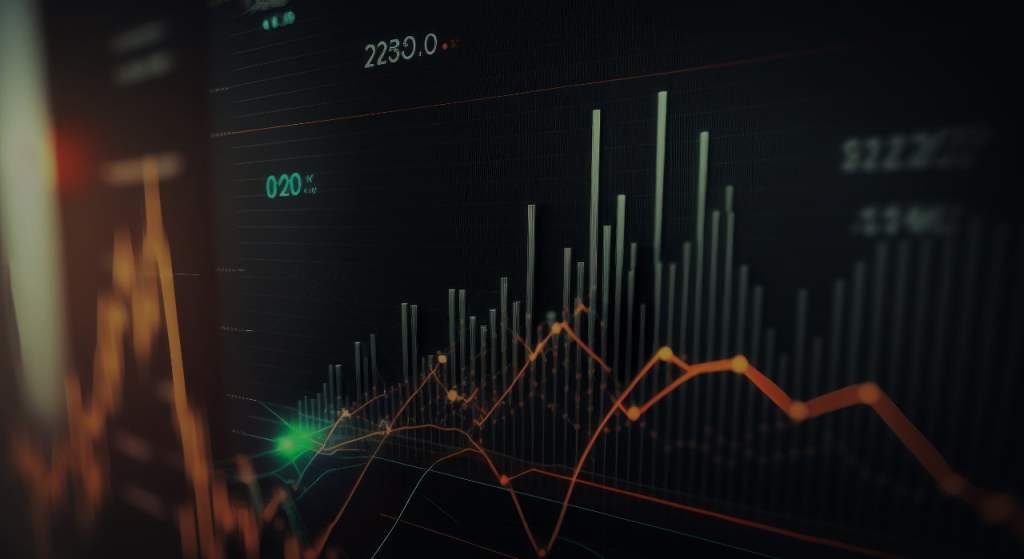Forex Margin Calculator
In forex trading, margin is the amount of money required to open and maintain a leveraged trading position. It is a portion of your account balance set aside to keep your trade open.
This Margin Calculator tool is here to help! Whether you’re a seasoned trader or just starting, knowing the exact margin required to open your trading position is crucial for effective risk management and maximizing your potential gains.
With this easy-to-use tool, you can quickly determine the precise margin needed for any trade, giving you the confidence to make informed decisions. No more guesswork or complex calculations – just enter your trading details, and let our calculator do the rest.
Margin Calculation Formula:
Here’s how the Margin Calculator Tool works when calculating Margin:
Where:
Trade Size: The number of units you’re trading. In forex, this is usually measured in lots:
- 1 Standard Lot = 100,000 units
- 0.1 Mini Lot = 10,000 units
- 0.01 Micro Lot = 1,000 units
Price: The current exchange rate of the currency pair.
Leverage: The ratio provided by your broker, such as 50:1, 100:1, or 500:1.
Example Calculation:
You want to trade 1 Standard Lot (100,000 units) on the EUR/USD pair, currently priced at 1.1000, with a leverage of 100:1.
You would need $1,100 in your trading account to open this position.
Notes:
- If your account currency is different from the quote currency, you might need to convert the margin to your account currency.
- Higher leverage reduces the margin requirement but increases risk.
How Margin Affects Risk Management in Forex Trading
Increased Leverage = Higher Risk and Reward
- High Leverage: Allows you to control larger positions with less capital. While this amplifies potential profits, it also magnifies losses.
- Low Leverage: Reduces exposure but also limits potential gains. It provides more breathing room before a margin call.
Margin Call Risk
If your account equity falls below the required margin level, your broker may issue a margin call, asking you to deposit more funds or close losing positions. If not addressed, the broker might automatically close positions to protect against further losses.Impact on Account Balance and Equity
- Account Balance: The total funds in your account, excluding open trades.
- Equity: Your account balance plus or minus unrealized profits/losses.
- Free Margin: The amount of equity not tied up in margin, which you can use for new trades.
Position Sizing and Risk Exposure
Proper margin management helps you control your position size and overall risk exposure. Trading too large a position relative to your account size can lead to quick losses, especially in volatile markets.
Example: Margin Call Scenario
You have $5,000 in your account with 100:1 leverage and open a 1 Standard Lot trade on EUR/USD at 1.1000. Required margin is $1,100.
If the trade moves against you by 100 pips ($1,000 loss), your equity becomes $4,000:
Equity=Account Balance−Loss=5000−1000=4000\text{Equity} = \text{Account Balance} – \text{Loss} = 5000 – 1000 = 4000Equity=Account Balance−Loss=5000−1000=4000
If the equity continues to drop and approaches the margin requirement, you risk a margin call or automatic closure by the broker to prevent negative balance.
Risk Management Tips:
- Use Stop-Loss Orders: To limit potential losses.
- Position Sizing: Adjust position sizes according to your risk tolerance and account balance.
- Maintain Adequate Free Margin: Keep enough free margin to withstand market volatility.
- Avoid Over-Leveraging: Higher leverage increases risk exposure.


